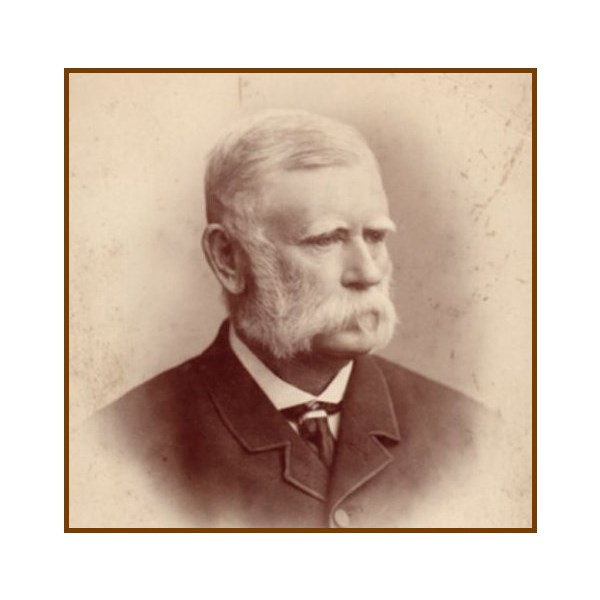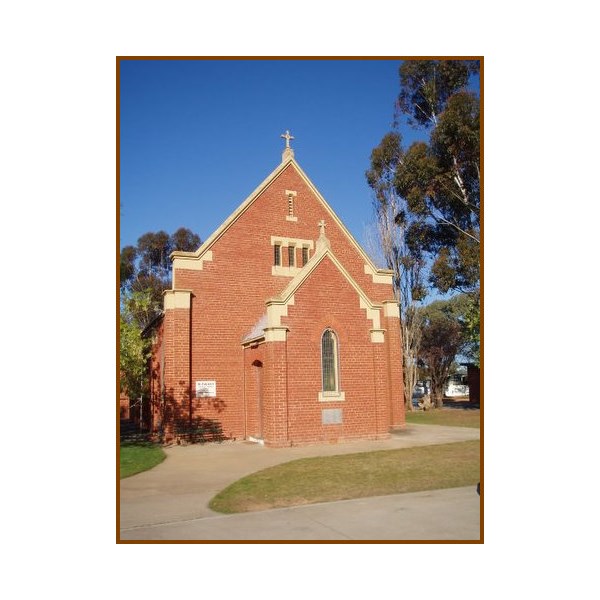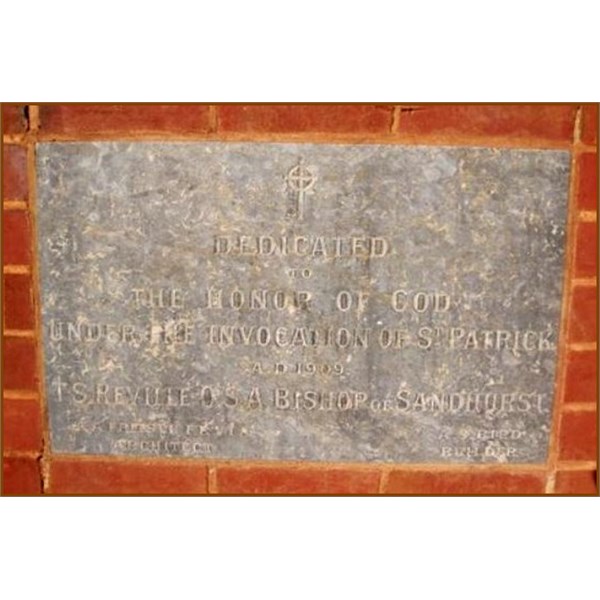Tongala is a town in the
Goulburn Valley region of northern Victoria, Australia. The town is in the Shire of Campaspe local government area, between Kyabram and
Echuca, 225 kilometres North of
Melbourne.
In July 1841 Edward M. Curr arrived at his new 50-square-mile squatting run, which he named ‘Tongala’. He later recalled the derivation of his station name: ‘The name was not by any means an apt one, as it is the Bangerang name for the River Murray.’ Tongala in fact straddled the
Goulburn River; Curr set up his station headquarters on the river’s southern bank, about eight
miles from its confluence with the Murray. He did not record the reason for his inappropriate usage of the name; it might have been the result of a misunderstanding, as he later opined that Aboriginal words were ‘frequently very euphonious’.

Edward Curr
At Tongala Curr encountered for the first time the Indigenous people who are the ancestors of the Yorta Yorta claimant group. According to Curr’s classification, his squatting run encompassed the traditional land of at least two clans: the Towroonban lived predominantly on the sandhills between the
Goulburn and Murray rivers, while the more numerous Wongatpan congregated further north in the region known as the Moira.

Tongala Post Office and quarters

Tongala Post Office
The first
Post Office in the area opened on 27 April 1878. In 1882 it was renamed Kanyapella and a new Tongala office opened to the South; this was renamed Tongala East in 1908 when a new Tongala office replaced the Tongala Railway Station office in the township.
St Patrick's Catholic church was constructed in 1909, opening on Sunday 28 November 1909. St Patrick's Catholic primary school was opened in 1959.

St Patrick's Catholic Church

Plaque on St Patrick's Catholic Church

Tongala Milk Products Ltd - Factory building 1959

Condensed milk in tubes
The Tongala water tower was constructed in 1914 with an initial capacity of 10,000 imperial gallons (45,000 l) and extended to 20,000 imperial gallons (91,000 l) in 1923.
Firm: RCMPC. Designer:
John Monash. Assistant Designer: J. A. Laing. Client: Tongala Waterworks Trust. Client's Engineer: A. E. Castles. Initial Design: March 1914? Definitive Design: April 1914. Construction: August to October 1914. 100 YEARS AGO.
Some work was done on this tower in March 1914, but when tenders were called in April, RCMPC decided not to tender "owing to want of time". A few days later
Monash made a one-page estimate and wrote to Castles to ask if he wanted a reinforced concrete tender. In the meantime Laing continued with detailed investigation and design. The Trust was evidently short of money, for the idea was to build a tank capable of holding 10,000 gallons which could be doubled in capacity at some later date.

Tongala Water Tower
This meant reinforcing the lower part of the tank wall to withstand a head of 18 feet of water, though it would only be subjected to 9 feet in the first part of its life.
Monash quoted about £350. At the start of June, Castles informed him the Trust was trying to raise another £100, and asked for a detailed design as soon as possible as the tank was needed urgently for the coming summer. A reinforcement drawing and specification were duly produced in mid-June. When Castles saw the wall was to be only 4" thick he was worried that it might not be watertight, but was reassured by Laing. There was some delay in formalising permission for the tank was to be sited on Railway property, and then because the SRWSC was "sitting on the plans".
Monash offered to call on Thomas Murray to do what he could to help the matter along. SRWSC approval was given a few days later. In a massive understatement,
Monash wrote to Castles: "The impending troubles in Europe may possibly have some effect upon our organisation and work in the near future, but I am hoping that this will not be so …" Construction commenced at the end of August under A. E. Lynch and was completed late in October. Although Castles complained about the painting of woodwork and a sticking depth gauge,
After World War I many blocks were opened up under the 'soldier-settler' scheme. One such soldier settler was
John McEwen— later Prime Minister of Australia—who bought a block at Tongala and married a local, Anne McLeod, in the town in 1921.
In November 2003 a monument to the 24 Australian Light horse regiments and their horses was unveiled by Maurice
Watson, aged 84 the last Light Horseman, who enlisted from Tongala. The statue, standing two metres, is of a horseman carrying an empty saddle, bridle and saddle cloth, walking away, head lowered.

The memorial to the Australian Lighthorsemen and their mounts.
Another product from Tongala is Scotty Baker, Scotty's gift of crafting clever lyrics has also been noticed in the media world, and he's written, and recorded theme tunes for radio, and TV. Scotty is very excited about the future, with some major gigs under his belt, such as headlining at the 2013 'Rockabilly Rave' in England, and with some major gigs on the horizon, such as a return to the Rave in 2014, and a debut gig at Viva Las Vegas in 2014. Be sure to keep an eye out for this sharply dressed cat playing at major Rockabilly events Australia and world wide. If you're into '
Home grown Rockabilly, with a healthy dose of Country', you'll be glad you did!
.